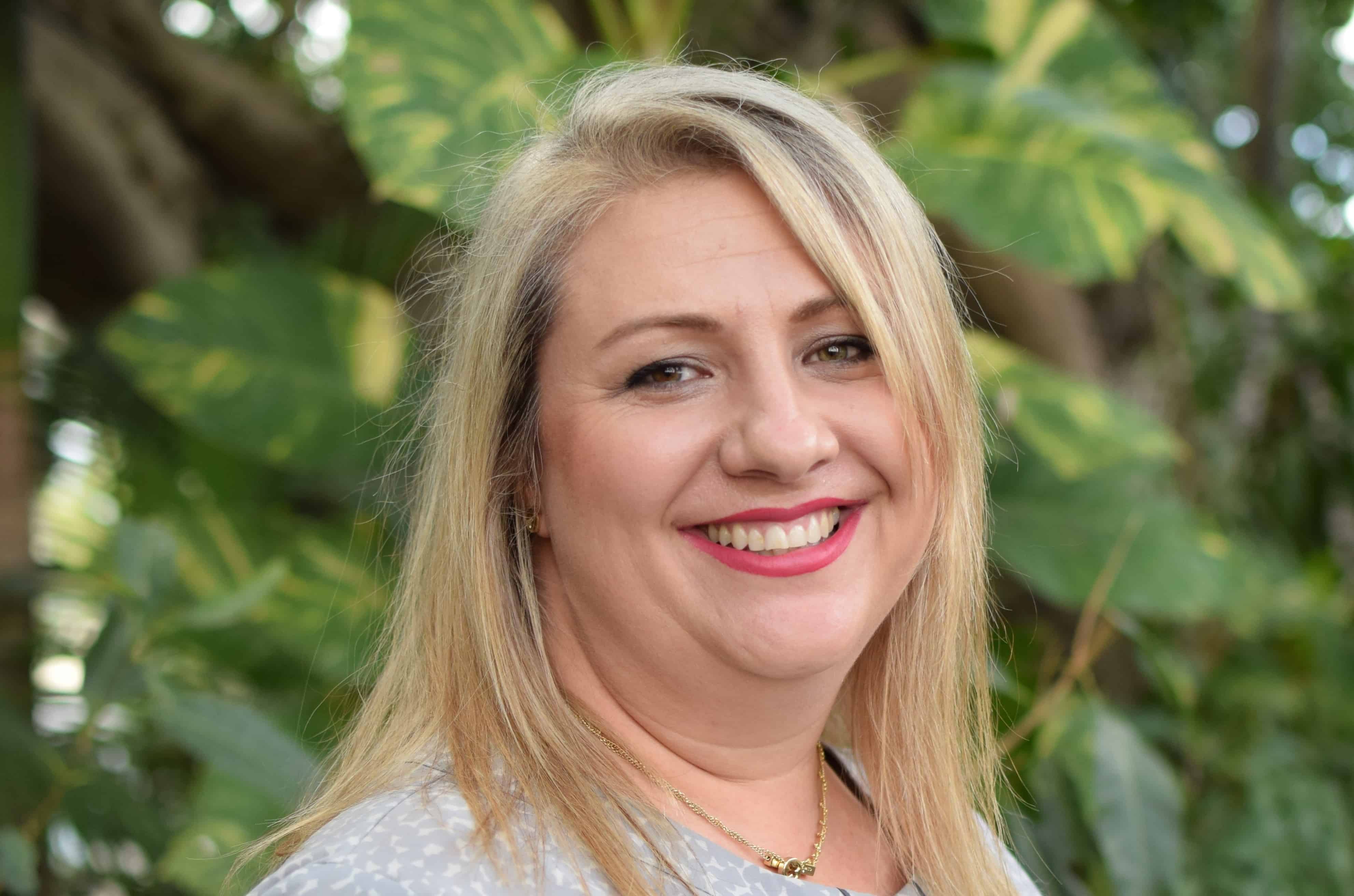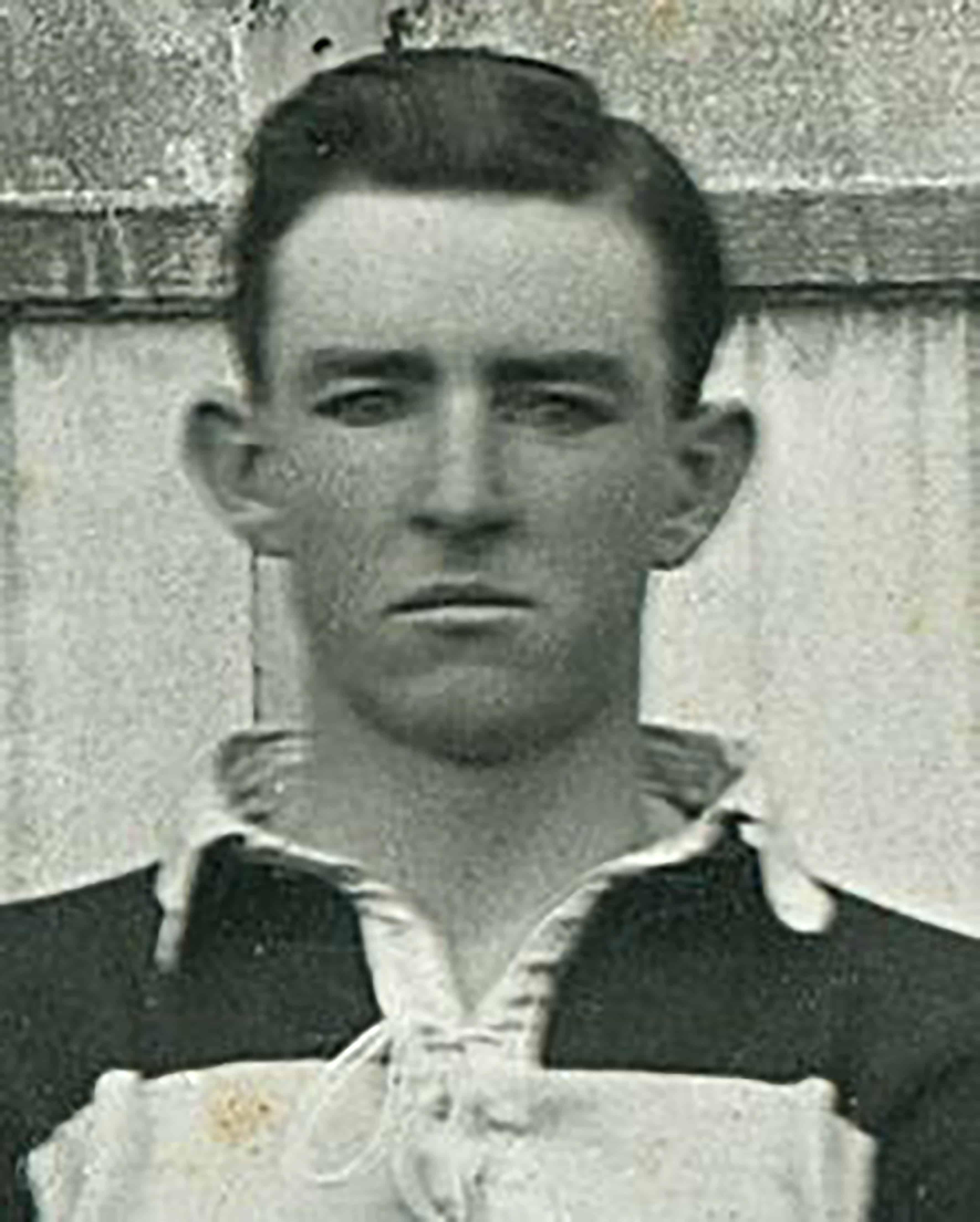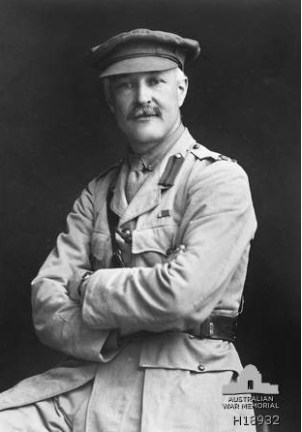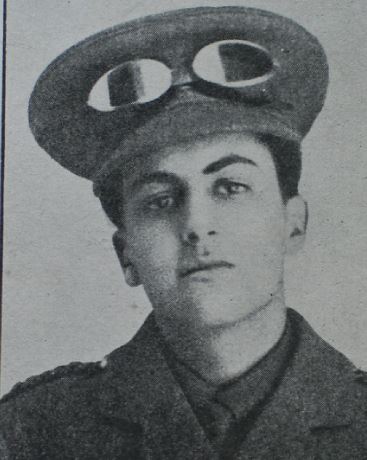
THOUSANDS of Australians sailed off to the Great War. Somewhat surprisingly, about 300 who volunteered to serve in WWI were former students of Ipswich Grammar School.
The story of those Old Boys – the journey from boyhood to becoming a man – is being put together by IGS modern history teacher Kate Pitty.
Kate is one of the winners of Ipswich City Council’s 2017 Viva Cribb Bursary. She has been awarded $3890 to assist with the research, editing and printing of her book The Immeasurable Cost – stories of Ipswich Grammar Old Boys who served in the Great War.
From 1863, when the school was founded, through to the end of WWI in 1919, about 1500 boys had been enrolled. It turns out that one in five went off to war on foreign shores.
“Students from all walks of life had two things in common: their passion for “The School on the Hill” and their desire to serve their country – to do what was right,” Kate said.
Her initial investigations found that 36 Old Boys made the ultimate sacrifice, killed on the Western Front, Palestine and, of course, Gallipoli.
“Many others won military honours, many came home wounded and many returned to a somewhat normal life – if life could ever be normal for them again,” she said.
“The book is about this journey from boyhood to becoming a man, on the battlefields of France, the deserts of Egypt and the skies over Europe, which has yet to be told for the IGS Old Boys.
“It is an honour that is long overdue. By creating a biography on each of these men and shedding light on their stories, our community can commemorate their service and their impact on the war. It is the stories of these boys that will be at the centre of The Immeasurable Cost of War.”
Kate explained how an ongoing school project involved Year 9 students studying what was initially thought to be 200 IGS Old Boys who had fought in WWI.
But her additional research for the book had found another 80 boys and she expected that number to climb as she cross-referenced a further 300 names.
“My biggest fear is leaving someone out. Every one of their stories is truly remarkable in my mind,” she said.
“A lot of these guys just did their thing (going off to war), came back home and went back to being bank clerks, accountants, whatever… they did not think they had done anything special.
“I have told my students that they slipped back to anonymity. They did not want the recognition. And very few have been recognised for their bravery.”
That is about to change with her “coffee table” book on the Old Boys.
It will focus on 30 boys in particular, with their complete story and photographs. But every one of the 284 located to date will have a brief entry including their personal school history and WWI service details.
“The school was a prolific record-keeper. There is no shortage of information … however if I wrote lengthy stories on all the boys the book would run to 10,000 pages,” she said.
Kate has also been helped by family records and the fact that several students at the school today are direct descendants of Old Boys who fought in WWI. They have been able to fill in some of the gaps.
“One of the boys at school now had two great uncles who were on the Western Front, so there is that deep personal connection.”
Her research had uncovered another pair of brothers, Derek and Harold Maughan, with the latter awarded the Distinguished Flying Cross.
The London Gazette of February 1919 wrote that in Egypt “on October 19, whilst escorting bombing machines, Lieut. Maughan saw an aeroplane of another squadron go down in enemy territory; without hesitation he at once landed, rescued the pilot and observer, and brought them back to our lines; displaying cool courage and presence of mind deserving of high praise”.
A particular favourite of Kate’s was the story of “naughty” schoolboy Jack Straughair, who signed up for service still wearing his IGS uniform. Jack used to disappear from class at IGS and was charged with being absent without leave three times during his war career – but he also took part in many of the most ferocious battles, including Broodseinde Ridge, Pozieres, Amiens, Bullecourt and Hazebrouck.
“I have been able to make contact today with his grandson, who didn’t know half the things he got up to during his days at school and on the front,” she said.
Kate is also closely linked to this journey: her father was a Vietnam Veteran and she spent 10 years in the Army Reserve as a driver.
“I am an Army brat,” she joked.
“I have this huge family connection. I feel like I have a lot to live up to and I am doing that through the pages of this book.”
She has a publish deadline of July, but in the back of the mind is the 100th Anniversary of Armistice Day November 11, 1918 and what a “timely” release that would be.

Jack (John) Thomas Roderick Straughair
His story began at Ipswich Grammar in 1915. Jack excelled in sport, representing the school in both the Firsts cricket team and rugby team. As much as he excelled on the sporting fields, Jack was the opposite when it came to his studies. He would do anything and everything to avoid his schoolwork.
There is the renowned story at IGS of Jack’s exploits in the Great Hall. When he had his lessons in there, he would quite often have one of his classmates cause a distraction, just long enough to keep his teacher’s attention away from his antics, which included climbing through one of the trapdoors, where he would light up his cigarette.
Jack stayed at Ipswich Grammar throughout the cricket and rugby seasons and the very day after his team won the 1915 Premiership, he waltzed down Brisbane Street, in his Firsts uniform, straight into the enlistment office and he signed up for WWI.
His experiences during the Great War were vast. He was wounded several times and suffered from shell shock in his initial months of fighting. Jack was also wounded when a shell exploded near him, causing his trench to collapse in on him. To survive in such conditions showed his strength and courage and ultimately his will to live.

Dr Arthur Graham Butler
He was a humble man who signed up at the age of 42 to serve his country in the Australian Army Medical Corps. He was one of the first to land at Gallipoli on 25 April 1915.
On the morning of 25 April, Dr Butler was ordered by his superior officer to stay on board his ship. Dr Butler could see no sense in this. With his skills, he firmly believed that he needed to be with the men, in their time of need.
As the last of the first lot of row boats were lowered over the side of the ship, he jumped in with the soldiers. He carried no weapon – just his medical kit. Dr Butler landed on the sands of Gallipoli and ran under machine gun fire to the cliffs and clung there.
Records revealed that when the fighting had moved to the top of the cliffs, Dr Butler made another crucial decision. He set up a triage area near Bolton’s Ridge and began to treat the wounded.
The London Gazette of July 1915 reported that: “During operations in the neighbourhood of Gaba Tepe on 25 April 1915 and subsequent dates, for conspicuous gallantry and devotion to duty in attending wounded under heavy fire, continuously displaying courage of a high order”. He was awarded the Distinguished Service Order.

Arthur Stuart Cribb
He attended Ipswich Grammar from 1908-10 and was a member of the school’s own cadet Corps. Few could have realised then how this would benefit Arthur and other boys in years to come.
After leaving school, Arthur went to work at the family firm Cribb and Foote in England. In 1914, with the War against Germany declared, he enlisted in the British Imperial Army. He was tasked with becoming a chauffeur with the London Regiment and also served with the British Red Cross.
Arthur served for the duration of the war, though suffered a gunshot wound to his hand and thigh in April 1918. The injuries were considered severe at the time.
He returned to Australia in 1919 and joined the Australian Military Force (akin to the present day Army Reserve). Arthur answered the call of duty again in June 1940 and became a Major in the Australian Army.
When Singapore fell to the Japanese, Arthur was taken as a Prisoner of War. While there he caught up with another IGS Old Boy in camp, Jim Finimore. Arthur returned to Australia again in 1945, with the fighting over, having survived two World Wars.


5